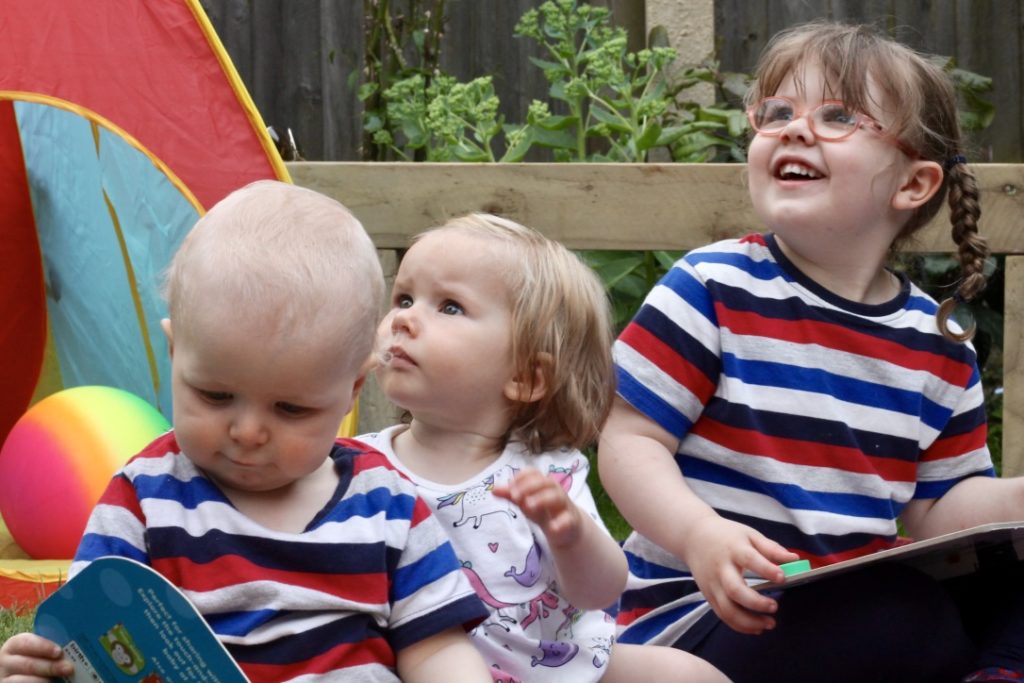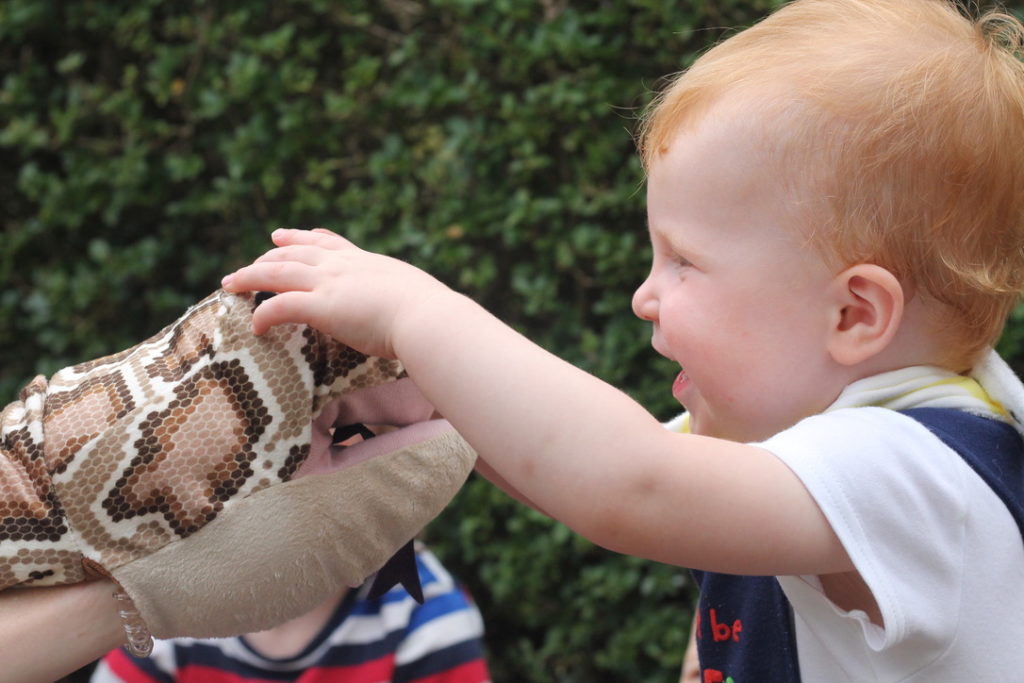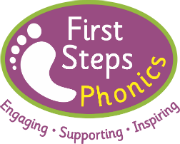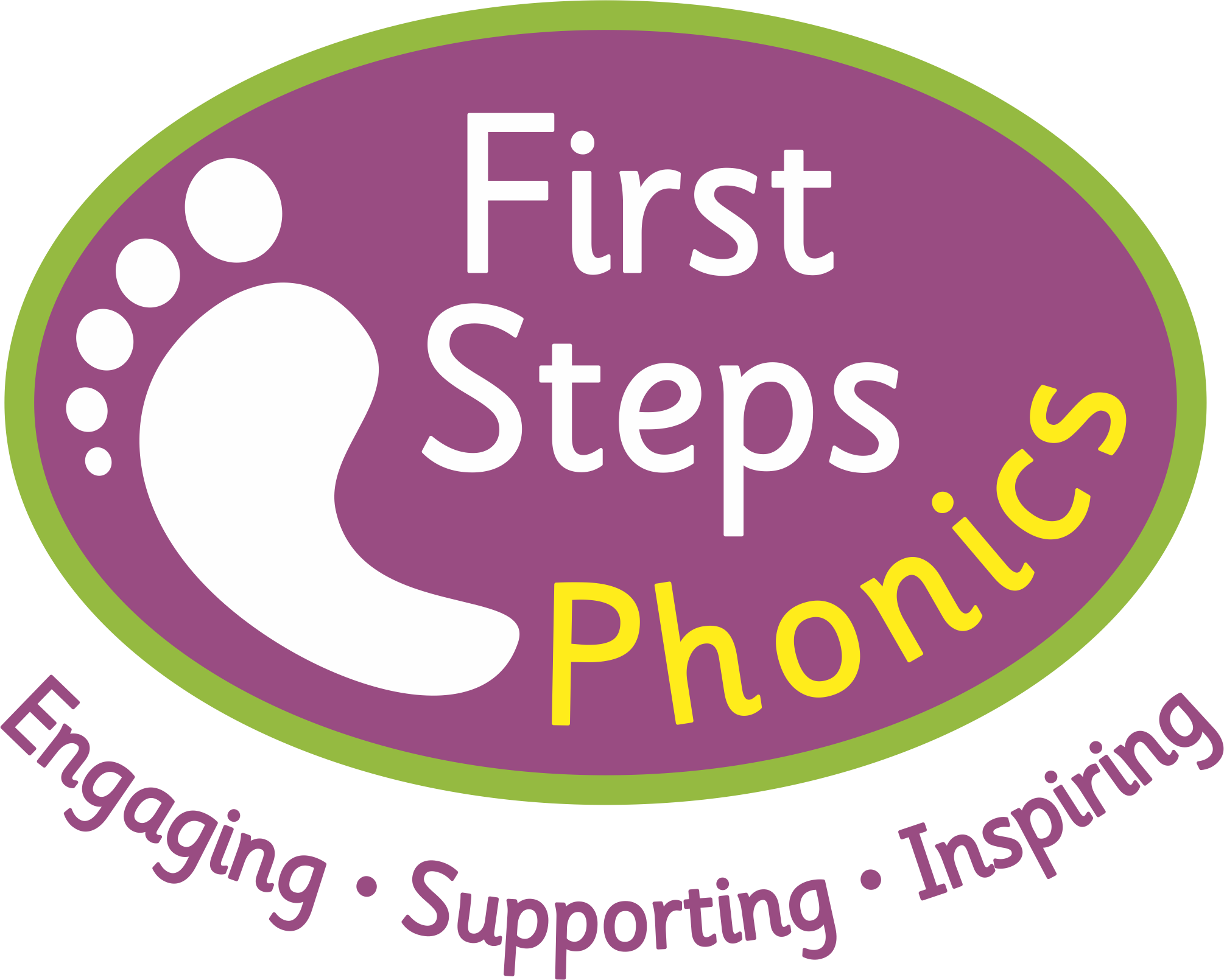How to help your child with Phonics

Do you ever find yourself comparing your child’s progress to other children their age, even though you know you shouldn’t? As a parent, you want the best for your little one so it’s only natural to worry if you think that they are not learning as quickly as other children their age. However, having worked as a primary school teacher for 10 years, I can reassure you that every child is unique; they all learn at their own pace and will inevitably all start school with with their own combination of strengths and interests. Just like adults, some will prefer to climb, explore or build whilst others enjoy games that involve talking and listening.
I’m often asked for advice by parents who are worried that their child is not making the progress that they expect with Phonics (letters and sounds). Please don’t worry if you feel you are in this position. Your child will learn when they are ready. However, below are a few activities that you might like to try to help your little one to start to hear and identify initial letter sounds.
Sound Walk
Go on a sound hunt. This could involve going for a walk or even exploring your own home.
- Ask your little one to describe the sounds that they can hear e.g. birds singing, cars, people talking…
This activity will help your child to learn to listen for sounds and to identify them.
Eye Spy with colours

Play eye-spy, starting with colours e.g…
- “I spy with my little eye something green“ (Trees 🌲)
This activity will help your child to understand the rules of the game and will also build their confidence when they are able to succeed.
Eye Spy with sounds
When your little one is ready and has grasped ‘Eye Spy with Colours’, play eye-spy describing sounds (not letter sounds). For example…
- “I spy with my little eye something that goes “zzz”? (Bee 🐝)
- “I spy with my little eye something that goes tick, tock?” (Clock 🕰)
Again, your child will grow in confidence as they realise that they are able to succeed. The game will also help them to think about different sounds and to identify the different sounds things make.
Eye Spy something beginning with…
Again, when your child is ready, play eye-spy the traditional way, using objects you have identified in previous games. Repeating answers form previous games will help your child to have some ideas of what you might be spying as you are referring to their previous experiences.
Phonics in the Bath
Put foam letters in the bath. Use a net or something similar to catch the letters.
- Ask your child to ‘catch’ a letter.
- Once they have caught their letter, identify it for them e.g. say “ Well done Amelia, you caught ‘c’ for cat”
Over time, start to ask your little one if they can identify something starting with the sound they have caught e.g. “Well done Sam, you caught a ‘c’ for cat. Can you think of something’s that starts with c?”
Sound talk
When doing routine things, such as going to bed, sound talk part of the instruction to your child, for example…
- “It’s time to go to b-e-d”
- “Can you put on your s-o-ck?”
This activity will help your child to hear the sounds and also introduces them to the idea of blending
Sound hunt
Challenge your little one to find something beginning with an identified sound.
- Start by giving extra clues
- As they gain confidence, give less clues, until you just use the initial sound
- e.g ‘Elsie can you find something in the garden that’s starts with “b”? You can kick it into a goal or throw it and catch it.”
Spot the Odd One Out

Present four or five objects that all start with the same sound and one object that starts with a different sound e.g sock, snake 🐍, sponge 🧽, spade and a frog 🐸.
- Ask your little one to identify all the objects
- Can they spot the odd one out?
I hope that you find some of my suggestions helpful. Children are like little sponges, slowly soaking up all the information that they are taught. Repetition, and doing the activities ‘little and often’, is the best way to learn. Most importantly, try to focus on learning together in a fun way!

